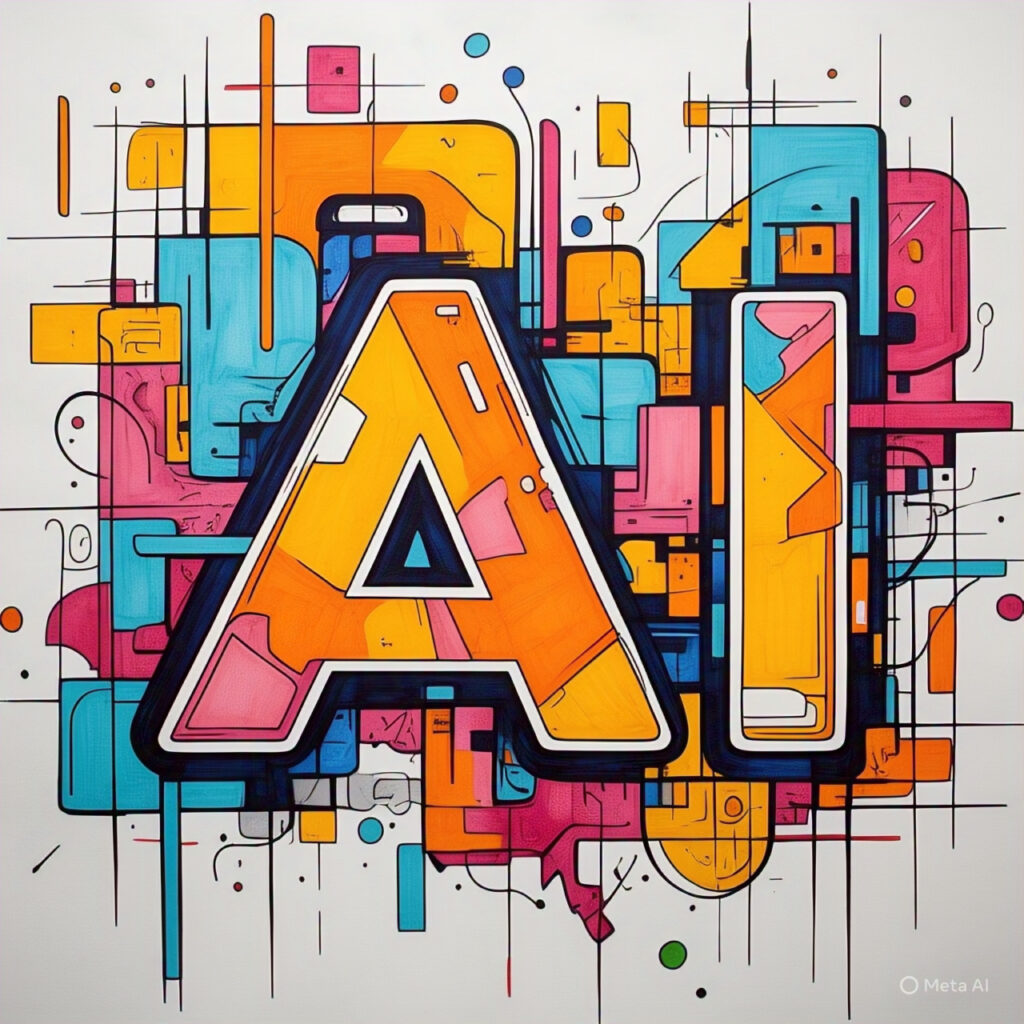
AI-Powered Automation: Transforming Manual Testing Tasks in 2025
In the fast-paced world of software development, manual testing often becomes a bottleneck. It’s repetitive, time-consuming, and prone to human error. With the rise of Artificial Intelligence (AI), many of these manual tasks can now be automated, dramatically improving accuracy, efficiency, and test coverage. This article explores five common manual testing tasks that can be automated using AI right now, helping QA teams focus on higher-value testing and faster releases.
1. Test Case Generation
Traditionally, testers manually create test cases by analyzing requirements and writing out steps, inputs, and expected outcomes. This process takes time and often misses edge cases due to human oversight. AI can now generate test cases automatically by understanding requirements, user stories, or even source code.
AI-powered tools can analyze application flows, detect user behavior patterns, and automatically produce meaningful test cases that ensure better coverage. They can even suggest new test cases when requirements change, reducing maintenance time and keeping your test suite up to date.
Benefits of AI-based Test Case Generation
- Reduces manual effort and human error.
- Ensures more comprehensive test coverage.
- Adapts dynamically to requirement changes.
- Speeds up the testing process and delivery pipeline.
2. Test Script Maintenance
Maintaining test scripts is one of the most tedious parts of manual testing. Each time the application’s UI or logic changes, existing scripts break, requiring testers to update them manually. AI-based tools now handle this automatically through techniques like self-healing tests.
When the UI or DOM structure changes, AI systems can identify new element identifiers and adjust test scripts in real-time. This eliminates the need for repetitive script maintenance, ensuring your automation suite remains functional without constant manual updates.
Key Advantages of AI-Powered Script Maintenance
- Reduces downtime caused by broken tests.
- Improves test stability across releases.
- Frees QA engineers to focus on exploratory testing.
- Enhances productivity with self-healing automation.
3. Visual Testing and UI Validation
Visual or UI testing involves checking the appearance and layout of elements on a screen. Manually comparing pixel-perfect designs across devices is labor-intensive and error-prone. AI can now automate visual regression testing using advanced image recognition and computer vision algorithms.
These tools compare screenshots of the current build against baselines to detect visual discrepancies like misaligned elements, missing buttons, or incorrect colors. Unlike traditional pixel comparison tools, AI can intelligently differentiate between meaningful and insignificant visual differences.
Why Automating Visual Testing Matters
- Detects UI inconsistencies quickly and accurately.
- Improves user experience by maintaining visual integrity.
- Supports cross-browser and multi-device validation.
- Reduces the need for manual visual inspection.
4. Test Data Generation and Management
Generating realistic and diverse test data is a crucial but repetitive manual task. Testers often need to create large sets of data for different scenarios, which can be time-consuming. AI tools can automate this process by learning from existing production data and creating synthetic data that mimics real-world patterns while ensuring privacy and compliance.
With AI-driven data generation, testers can easily simulate multiple edge cases, uncover hidden bugs, and improve test reliability—all without spending hours preparing datasets.
AI-Driven Test Data Generation Benefits
- Accelerates testing by providing instant, relevant data.
- Ensures data privacy with anonymized or synthetic datasets.
- Improves accuracy by modeling real-world scenarios.
- Supports continuous testing pipelines effortlessly.
5. Defect Prediction and Root Cause Analysis
Identifying and diagnosing defects has always been a manual process. AI can now predict where bugs are most likely to occur based on code history, commit patterns, and previous defects. By analyzing data from past releases, AI models can pinpoint risky areas of code even before testing begins.
Moreover, AI helps accelerate root cause analysis by correlating failed test cases, code changes, and logs to suggest potential reasons for failure. This saves significant debugging time and allows developers to fix issues faster.
How AI Improves Defect Prediction
- Predicts high-risk modules before testing begins.
- Reduces overall defect leakage to production.
- Shortens debugging time through automated insights.
- Improves product quality and release confidence.
Conclusion
AI is revolutionizing the software testing landscape by automating tasks that once required extensive manual effort. From generating test cases to maintaining scripts and predicting defects, AI not only saves time but also enhances accuracy and reliability. By integrating AI-powered tools into your QA workflow, teams can achieve faster release cycles, reduce human error, and focus on more strategic testing efforts. The future of software quality assurance is undoubtedly intelligent, automated, and powered by AI—making it an essential investment for any forward-thinking development team.